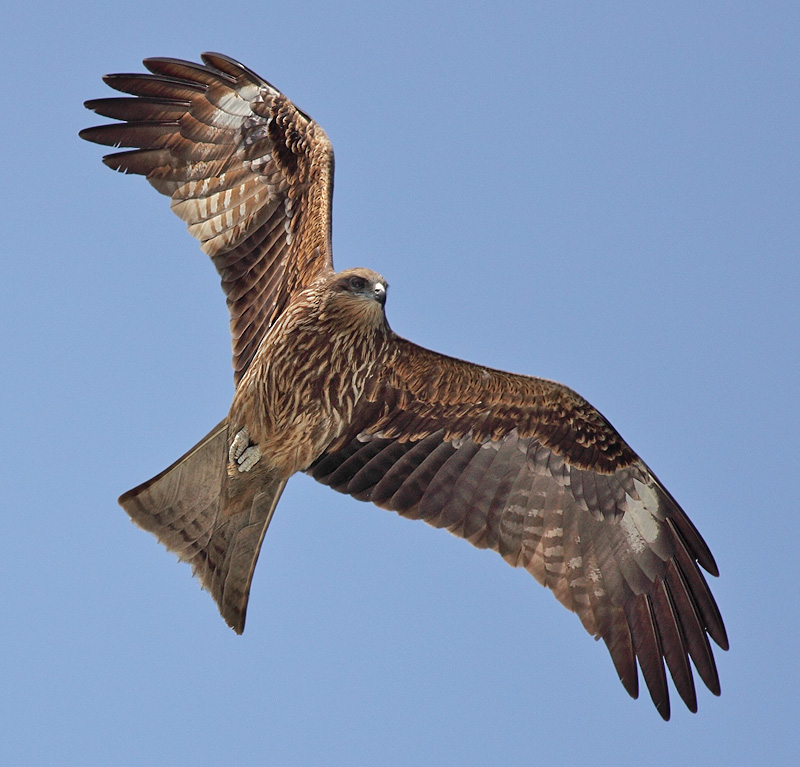
asian animals of black kite photos

free downloading pics of black kite wiki

flying birds of black kite eagle habitat

different varities of eagle youtube

a group of black kite eagles posters
The Black Kite can be distinguished from the Red Kite by its slightly smaller size, less forked tail, visible in flight and generally dark plumage without any rufous. The sexes are alike. The upper plumage is brown but the head and neck tend to be paler. The patch behind the eye appears darker. The outer flight feathers are black and the feathers have dark cross bars and are mottled at the base. The lower parts of the body are pale brown, becoming lighter towards the chin. The body feathers have dark shafts giving it a streaked appearance. The cere and gape are yellow but the bill is black (unlike in the Yellow-billed Kite). The legs are yellow and the claws are black. They have a distinctive shrill whistle followed by a rapid whinnying call.
Black Kites are most often seen gliding and soaring on thermals as they search for food. The flight is buoyant and the bird glides with ease, changing directions easily. They will swoop down with their legs lowered to snatch small live prey, fish, household refuse and carrion. They are opportunist hunters and have been known to take birds, bats and rodents.They are attracted to smoke and fires, where they seek escaping insect prey.The typical clutch size is 2 or sometimes 3 eggs.The incubation period varies from 30-34 days. Chicks of the Indian population stayed at the nest for nearly two months.Chicks hatched later in European populations appeared to fledge faster. The care of young by the parents also rapidly decreased with the need for adults to migrate.Siblings show aggression to each other and often the weaker chick may be killed, but parent birds were found to preferentially feed the smaller chicks in experimentally altered nests.Newly hatched young have down (prepennae) which are sepiaon the back and black around the eye and buff on the head, neck and underparts. This is replaced by brownish gray second down (preplumulae). After 9 to 12 days the second down appears on the whole body except the top of the head. Body feathers begin to appear after 18 to 22 days. The feathers on the head become noticeable from the 24th to 29th day. The nestlings initially feed on food fallen at the bottom of the nest and begin to tear flesh after 33-39 days. They are able to stand on their legs after 17-19 days and begin flapping their wings after 27-31 days. After 50 days they begin to move to branches next to the nest.for more photos..
No comments:
Post a Comment